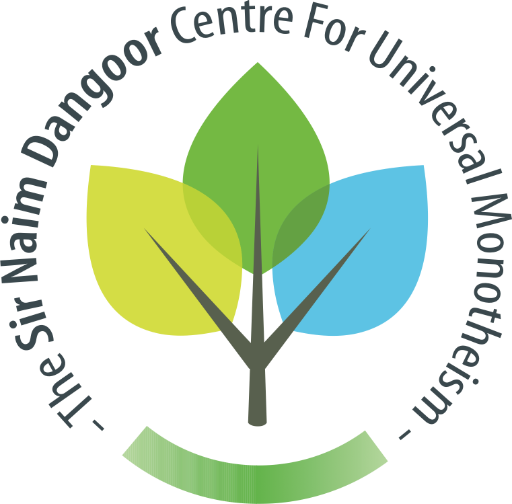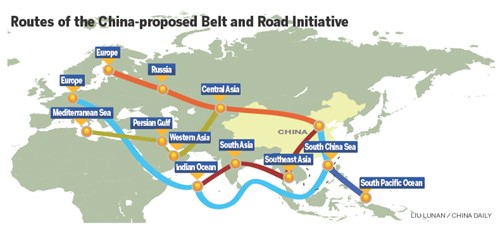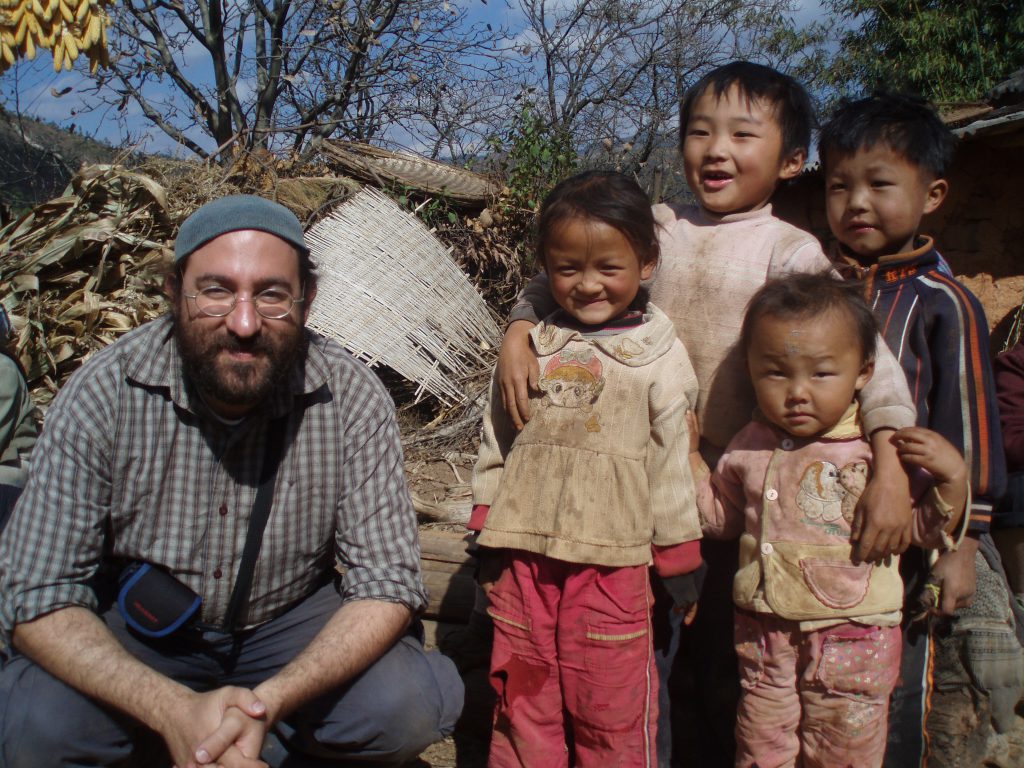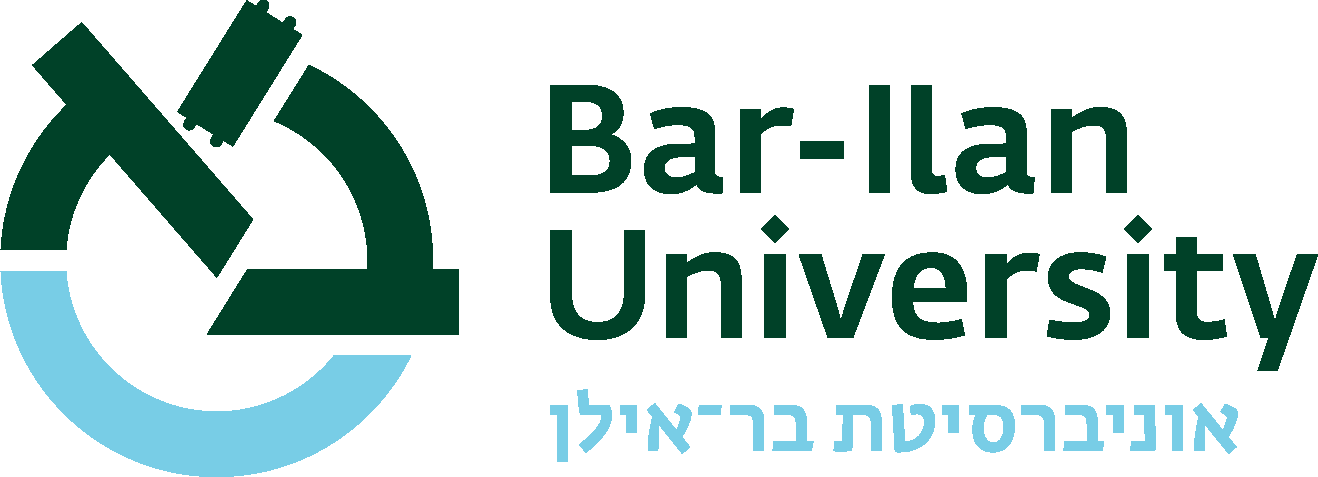Dr. Gideon Elazar on the Movement of States, Trade and Religions Across Asia
From Ancient Times to the 21st Century
The Silk Road is a term that conjures images of the distant past – caravans and camels, deserts and mountain ranges, Asian markets and exotic merchandise. For centuries, the movement of merchants, armies, ideas and commerce trailed across the Eurasian continent. It was lucrative, arduous, often dangerous and highly influential on the course of human history and culture. When the term was coined, by the 19th century German explorer Ferdinand von Richthofen, the Silk Road had fallen into disuse and was largely a story of the past. Today however, the story of the Silk Road is not quite as distant as it may seem. The intense interaction of cultures and peoples created by the Silk Road is in many ways similar to the global era in which we now live. Moreover, the road itself, in both its land and sea forms, is returning to life under Chinese sponsorship.
This course, delivered as part of the Dangoor Centre enrichment seminar activities, examines the role of the Silk Roads (in the plural: there were always several routes), from ancient times to the present day.
“Trade in silk, jade, horses and other products across the Eurasian landmass connected the cultures of China and Rome beginning in the classical era”, Explains Dr. Gideon Elazar, Chinese studies scholar who teaches the seminar “Silk road history is also the story of the elaborate and often violent interaction between nomadic steppe peoples, Scythians, Huns, Turks and Mongols and the great sedentary cultures and empires such as China, India, Persia and Byzantium”. “this seminar is a valuable addition to our cultural diplomacy policy” adds Dr. Danielle Gurevitch “as the course examines these interactions and their meaning, that is to say, notions of civilization and the image of the “barbarian” as categories that shape our thinking to this day”.
Movement along the Silk Roads was not limited to trade” adds Dr. Elazar and explains, “Buddhist and Christian missionaries used it to transport their texts and ideas and Muslim and Jewish merchants established communities all the way to the Pacific Ocean.
Dr. Gideon Elazar
“Movement along the Silk Roads was not limited to trade” adds Dr. Elazar and explains, “Buddhist and Christian missionaries used it to transport their texts and ideas and Muslim and Jewish merchants established communities all the way to the Pacific Ocean. Technology like paper making and the secret of silk production moved west and artistic styles traveled in both directions. It has also provided us with some of the earliest literature of cultural encounters, provided by great travelers like Marco Polo and Ibn Battuta. While the course takes a world history perspective, it is also concerned with the present. In particular, the unfolding of China’s massively ambitious One Belt One Road program aimed to project its rising power and restore these ancient routes”.
OLYMPUS DIGITAL CAMERA
Gideon Elazar, Phd, is an anthropologist focused primarily on religion and ethnicity in China and Israel. His doctoral thesis, written in Haifa University, dealt with contemporary Evangelical missionaries working in Yunnan and their interaction with local minorities and state authorities. Teaching in Bar Ilan university since 2015, his courses deal with religion and spirituality in China, comparative readings in Buddhist, Daoist and Jewish mystical texts and most recently, the history and present of the Silk Road.





